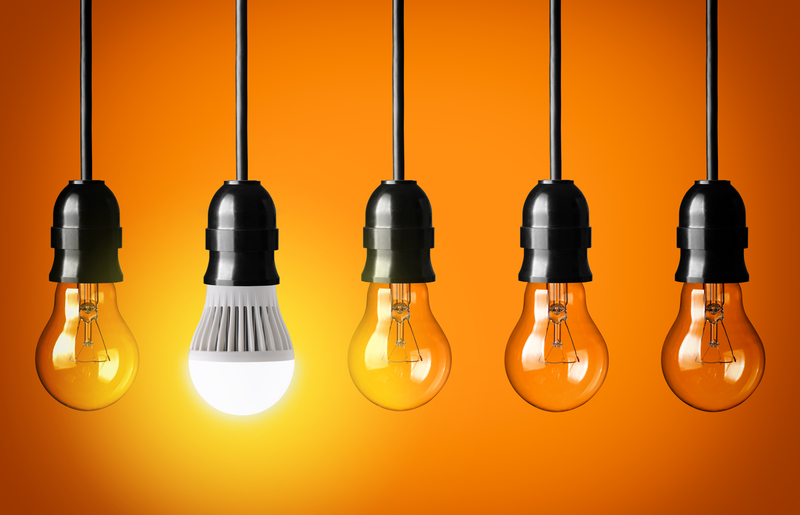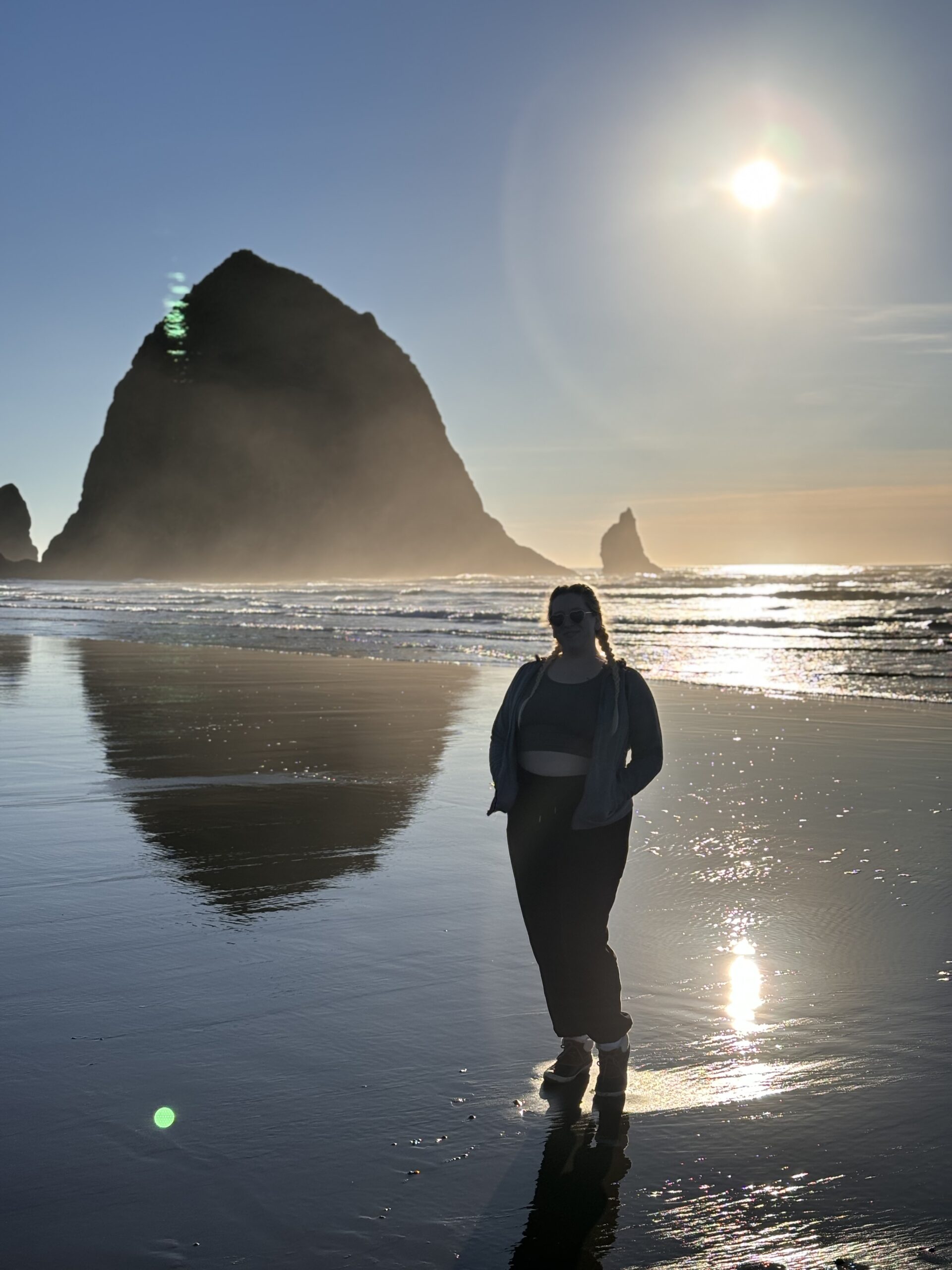This article is your complete guide to the best energy-efficient light bulbs. The best energy-efficient light bulbs, like LEDs, can last between 25,000 and 50,000 hours of use, which is 25 times longer than an incandescent bulb. That’s why we’re here to teach you about energy-efficient light bulbs and how you can change them out in your home to save some money.
Here at The Energy Professor, we want to give you the information you need to not only save money on your energy bill but to also become more energy efficient. We hope find this post helpful! It makes it easier for you to know more about energy-efficient light bulbs. Be sure to also check out our one-of-a-kind energy savings calculator!
The Energy Professor Electricity Rate Check Tool
What are the Best Energy-Saving Light Bulbs?
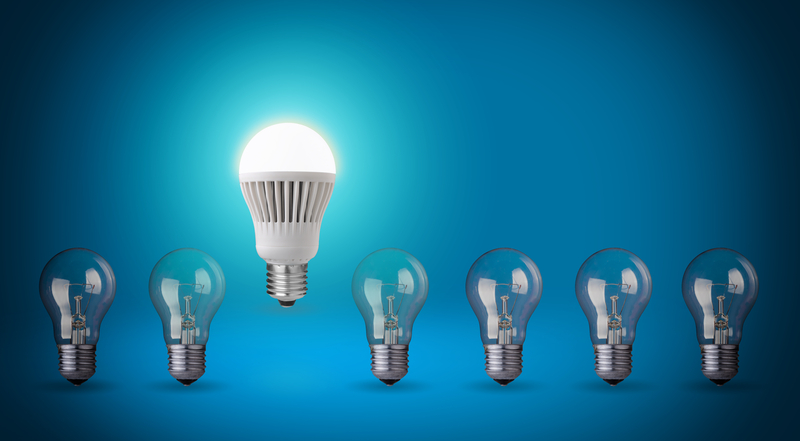
LED bulbs are the best light bulbs for your home. Generally, LED bulbs are 90% efficient, CFL bulbs are 85% efficient, and incandescent bulbs are only 10% efficient. So, if your home is packed with incandescent bulbs – then you’re going to have higher electric bills.
Choosing efficient light bulbs is one of the easiest ways to improve your carbon footprint and save you money on your electricity bill. By switching to energy-efficient light bulbs, you could use anywhere from 25 – 80% less energy than traditional incandescent light bulbs. One of the main reasons is that energy-saving lighting can last much longer than traditional bulbs. Longer-lasting light bulbs mean purchasing less burned-out bulbs, and many energy-efficient bulbs have better quality and variety than traditional bulbs too. Switching to the most efficient light bulbs, like LED bulbs, can significantly lower your energy output.
LED Bulbs
LED bulbs can produce a very high level of brightness with a low operating energy output. Light-emitting diode (LED) light bulbs have a longer lifespan, lasting up to 25,000 hours which is about 25 times more than the traditional light bulb. They also produce light through a process called electroluminescence, which is a current passed through a semiconductor to produce light.
They are the most expensive bulbs on the market, but with how much money you’ll save over time, the price tag won’t make a difference.
LED Smart Light Bulb
Smart light bulbs are light bulbs that are connected to the internet and can be controlled remotely via a smartphone app, voice command, or a smart home device such as Amazon Alexa, Google Assistant, or Apple HomeKit. They typically use Wi-Fi, Bluetooth, or a hub to communicate with other smart devices. They are LED bulbs with the highest capabilities, as you can connect them to your mobile device and control them on the go!
CFL Bulbs
CFL light bulbs are another type of the best light bulbs to save energy, as they are 75% more efficient than traditional incandescent lights. CFLs use a small amount of mercury vapor that interacts with an electric current and produces light. These light bulbs can last up to 10,000 hours which makes them rather efficient, but they still do need time to warm up and reach full brightness. They also need proper disposal due to the mercury, therefore, you can’t throw them away in your regular trash. While CFLs aren’t quite as efficient as LED bulbs, they are about half the cost of LED lights for upfront costs.
Related Post: How to Choose the Best LED Lightbulbs
What are the Benefits of Energy Efficient Light Bulbs?
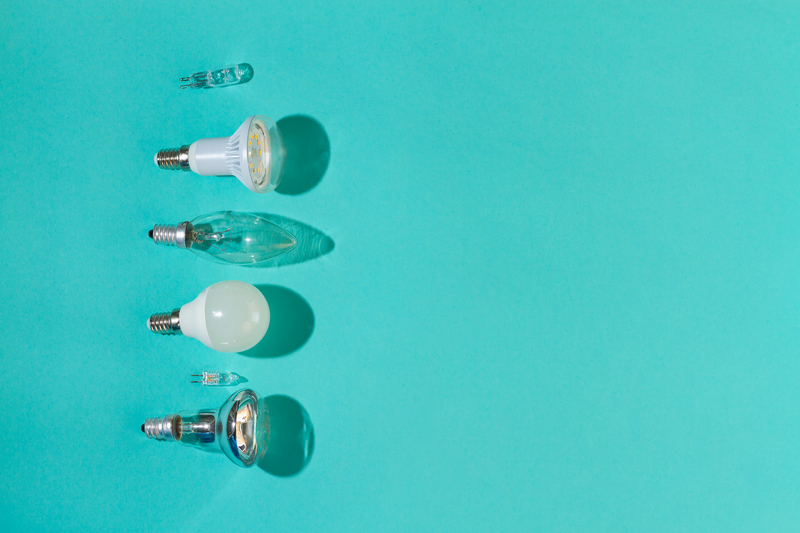
There are many benefits to switching to environmentally friendly light bulbs, with the best being the money savings! Not only are energy-efficient light bulbs going to put money back in your pocket on your energy bill, but they also last longer, which means buying fewer bulbs overall. CFL bulbs are up to 75% more efficient than incandescent, even though they aren’t as efficient as LED bulbs.
- Energy savings – First and foremost, you’ll be saving on your electric bill by using less energy. According to the US Department of Energy, switching to energy-efficient light bulbs can save up to $75 per year on electric bills.
- Environmental impact – By switching to eco-light bulbs, you can lower your greenhouse gas emissions and overall energy consumption. By reducing overall energy consumption, you can help conserve natural resources and lower the demand for fossil fuels.
- Lifespan and durability – Energy-efficient light bulbs last much longer than traditional bulbs, which means less waste generated in the household from replacing bulbs. Since LEDs can last 25 times longer than incandescent bulbs, it also means less manufacturing waste from having to make less.
- Better options and variety – LED light bulbs and CFLs have many different options for colors, shapes, sizes, and fixtures. LED light bulbs have also been able to have a smart function which is great for controlling your energy usage.
- Safety – Energy-efficient light bulbs are considered to be safer than incandescent as they produce very little heat in comparison. This reduces fire risk inside the home if the bulb happens to break. LED bulbs are also made from more sturdy material, which makes them less likely to shatter.
Related Post: Complete Guide on Light Bulb Recycling
Energy Efficient Light Bulbs FAQ
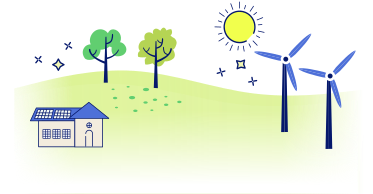
Q: What are the best light bulbs to lower electric bills?
A: The best light bulbs to lower your electric bill would be either an LED light bulb or a CFL light bulb, which are both much more efficient than traditional bulbs. Both LED and CFL light bulbs can use up to 75% less energy than incandescent, which will save a lot on your monthly electric bill. Overall, LED bulbs are the most energy-efficient and cost-effective choice for lowering your electric bill. They may have a higher upfront cost than other types of bulbs, but their long lifespan and energy savings make them a smart investment in the long run.
Q: Are LED lights cheaper to run than energy-saving bulbs?
A: Energy-saving incandescent bulbs can save you money when compared to traditional bulbs, but are not more efficient than LEDs. LED light bulbs are the most efficient types of light bulbs on the market, with up to 75% less energy than traditional bulbs.
Q: What are the disadvantages of LED lights?
A: The biggest disadvantage is the upfront cost of LED light bulbs since they are more expensive than traditional bulbs. Some LED bulbs are also not compatible with certain types of fixtures or dimmers which could be a disadvantage for certain homes.
Q: What are the disadvantages of energy-saving light bulbs?
A: While energy-saving light bulbs do have many positives, it is important to consider the negatives. Both CFLs and LED light bulbs are more expensive than traditional light bulbs, which is a disadvantage. CFL light bulbs do contain a small amount of mercury, which can be a hazard if the bulb is broken and not disposed of properly.
Do you Need Cheaper Electricity?
If you’ve taken the time to understand the information on your bill and discovered you’re paying more than you’d like for your electricity, have you looked around for a cheaper deal? The Energy Professor has a wealth of information on ways to save on your utilities, including details of top deals that could significantly reduce your monthly or quarterly electricity bills.
We hope you found this article helpful! If you are looking for ways to increase energy efficiency and sustainability in your home be sure to take a look at all of the latest renewable energy options in your area. The Energy Professor helps residential and small business owners find qualified energy suppliers in New York, New Jersey, Pennsylvania, Texas, Ohio, Maryland, Illinois, and Massachusetts.

